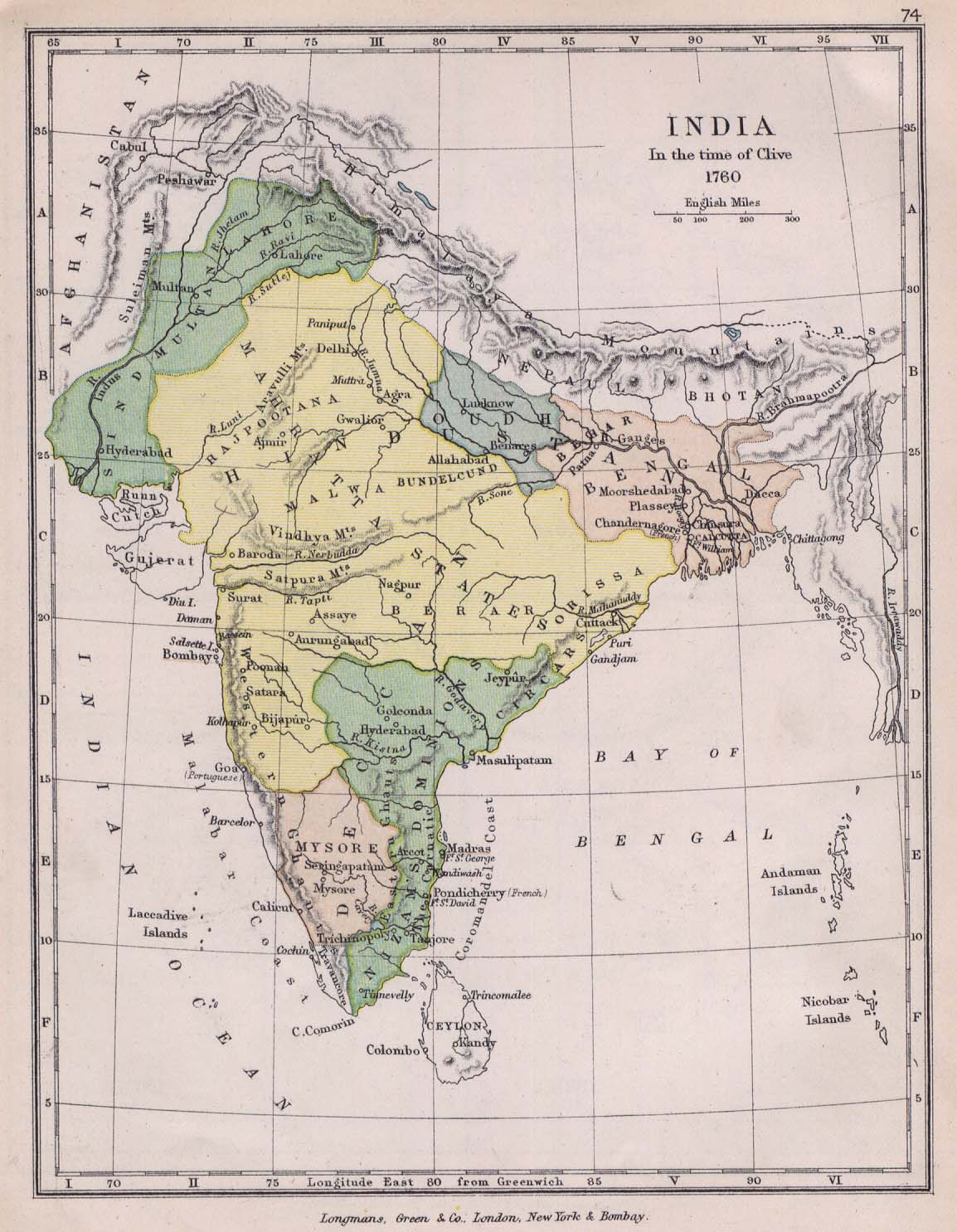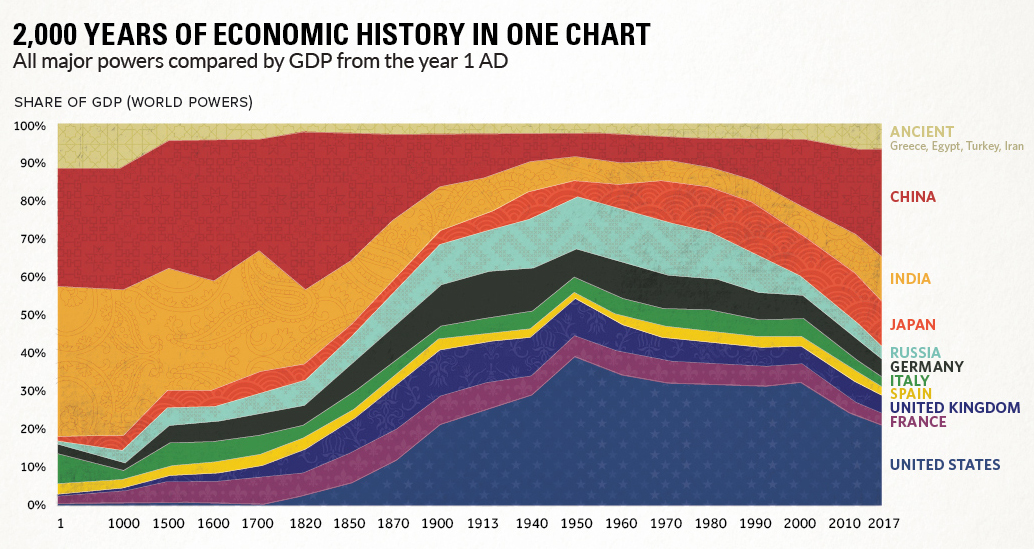ST1976
FULL MEMBER

- Joined
- Jul 25, 2006
- Messages
- 878
- Reaction score
- 0
- Country
- Location
The Economic History of the Last 2,000 Years in 1 Little Graph
That headline is a big promise. But here it is: The economic history of the world going back to Year 1 showing the major powers' share of world GDP, from a research letter written by Michael Cembalest, chairman of market and investment strategy at JP Morgan.https://cdn.theatlantic.com/media/mt/business/Screen Shot 2012-06-20 at 9.37.55 AM.png
In Year 1, India and China were home to one-third and one-quarter of the world's population, respectively. It's hardly surprising, then, that they also commanded one-third and one-quarter of the world's economy, respectively.
Before the Industrial Revolution, there wasn't really any such thing as lasting income growth from productivity. In the thousands of years before the Industrial Revolution, civilization was stuck in the Malthusian Trap. If lots of people died, incomes tended to go up, as fewer workers benefited from a stable supply of crops. If lots of people were born, however, incomes would fall, which often led to more deaths. That explains the "trap," and it also explains why populations so closely approximated GDP around the world.











